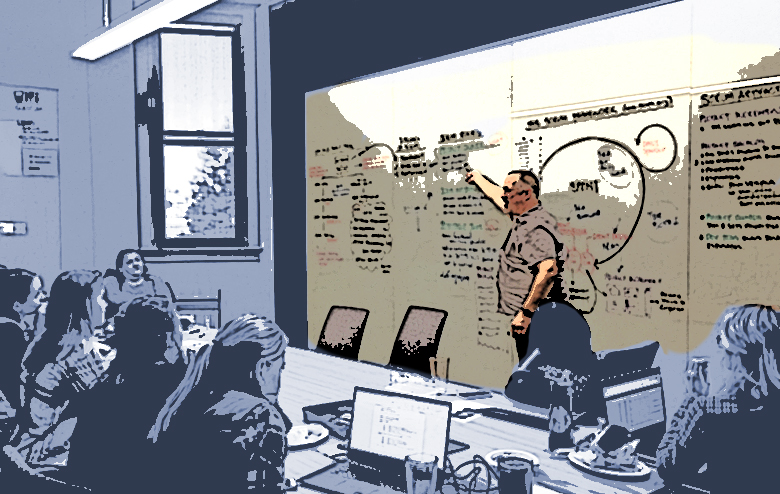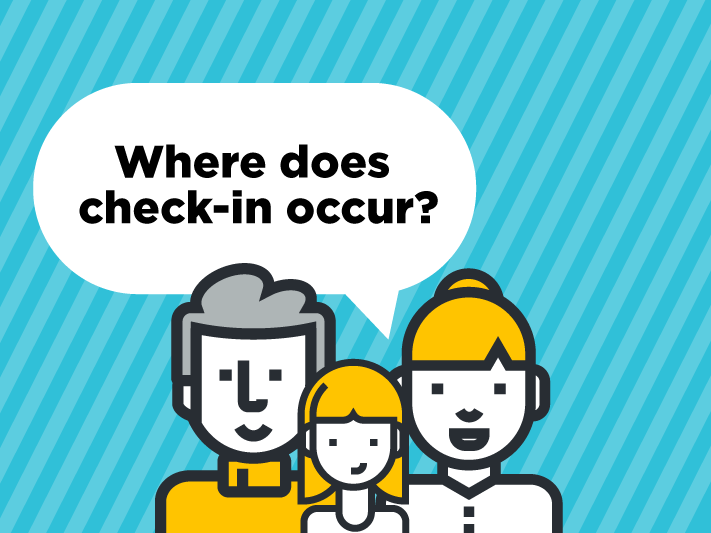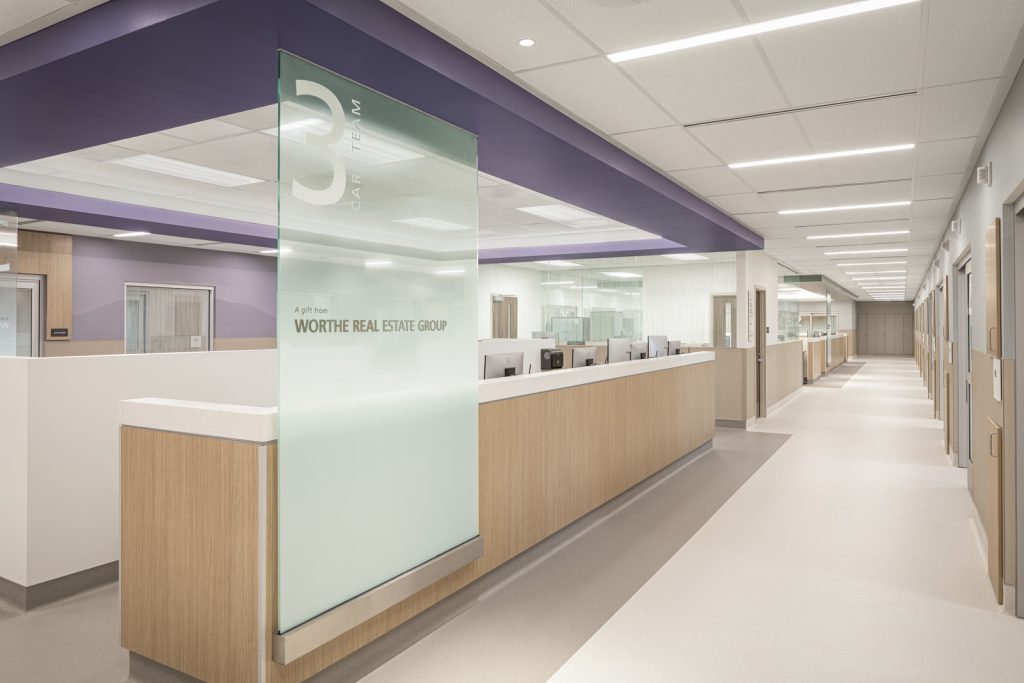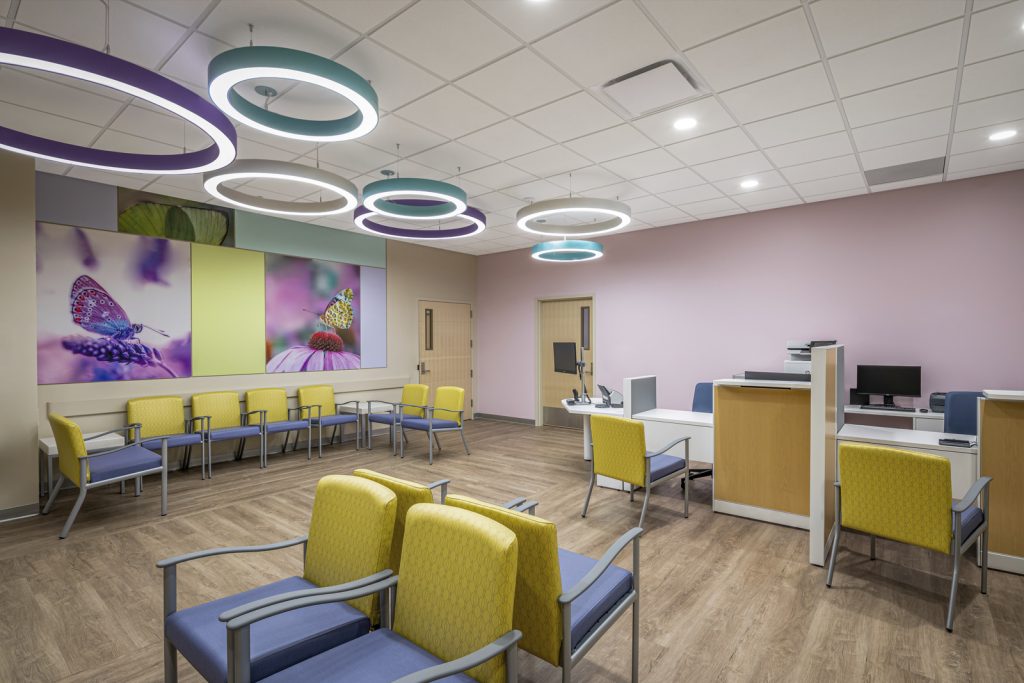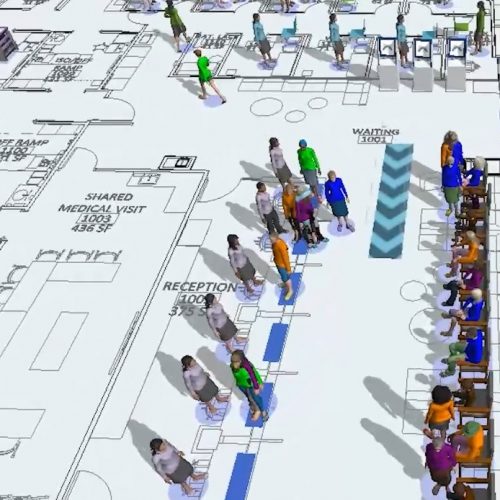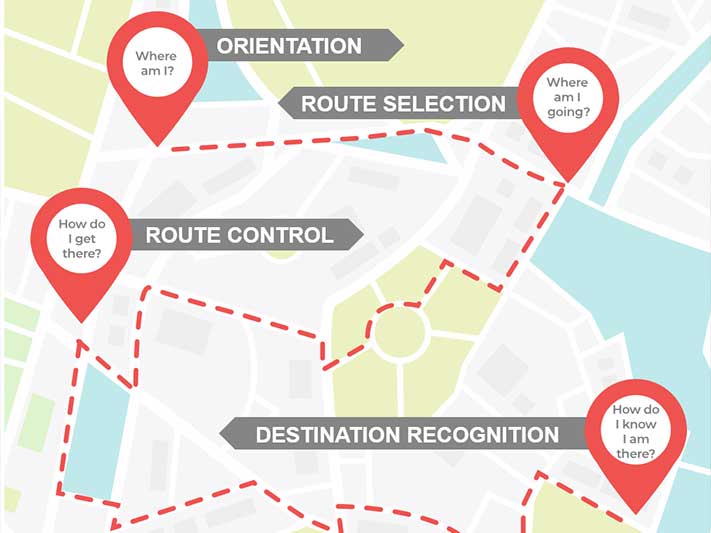Coaching Last Planner® System to a Luxury Condominium Project Team
We were engaged by a developer client to bring lean design thinking and specifically Last Planner® System to a 41-story luxury condominium project. Though just beginning their lean journey, the owner was very interested in the potential of lean in design and was prepared to engage the builder to enhance the design phase.
The Challenge
Our engagement began at the completion of DD phase, we needed a way to quickly get the team up to speed on lean thinking and to implement Last Planner® System. Neither the designers nor the builders were familiar with lean thinking, so we also needed to build a common understanding of lean concepts and practices.
The Process
We first met with the owner for an introduction to lean methods and for a high-level visioning session. This served as a way to map out the lean design and construction space and help challenge them to think of long-range goals. We also agreed on an approach for the condo project and defined stakeholders and milestones.
We began work with the project team with a lean boot camp. The first day of the boot camp covered a range of topics intended to bring the team to a shared level of knowledge and an understanding of expected behaviors.
This included:

On the second day, the team engaged in their first pull planning exercise, working toward the 50% CD milestone. We began by defining the overall Conditions of Satisfaction (CoS) for the milestone package. We then worked by design discipline to develop Standards of Completion (SoC), meaning what each design discipline would produce to meet the CoS. Then, we wrote stickies based on the SoC and planned the work together.
Following the pull session, we continued to support the team remotely at the bi-weekly OAC meeting. Our standard work includes review of the schedule milestones, re-planning of incomplete work, and capture of commitments through the course of the meeting. Following the meeting, we issue the updated commitment log and publish the performance metrics for the team, including Planned Percent Complete, Tasks Anticipated, and Reasons for Variance. As the project has advanced, we have returned to the team to plan additional phases of work and sustained our standard work in the OAC meetings.
The Results

The team were willing participants in the pull planning and enthusiastically adopted reliable promising and commitment logs in the OAC meetings.
As they gained more experience, the team sustained an environment of accountability and made and secured reliable commitments from each other with little coaching from the facilitator.
The owner found high value in the CoS and SoC activities associated with defining the nature of the milestone ahead of the pull planning activity.
Lessons Learned
Start Last Planner® System early. The best time to start LPS is at the start of schematic design. Starting later deprives the team of the benefits of approaching projects as a network of commitments, and namely the trust that builds.
Make the work visible. As a rule of thumb, we coach pull planning to only include activities that require hand-off of work between stakeholders and to leave off internal activities with the expectation that work will be completed when needed. Initially, the architect requested that the work of the consulting engineers be treated as their internal team for planning purposes. While this was a noble statement of integrated behavior, it prevented the overall team from being able to see design activities, meaning that the team had no way to know if design activity was running behind until a milestone was missed. Fortunately, the design team largely delivered on their commitments, so the lack of visibility did not harm the team.
